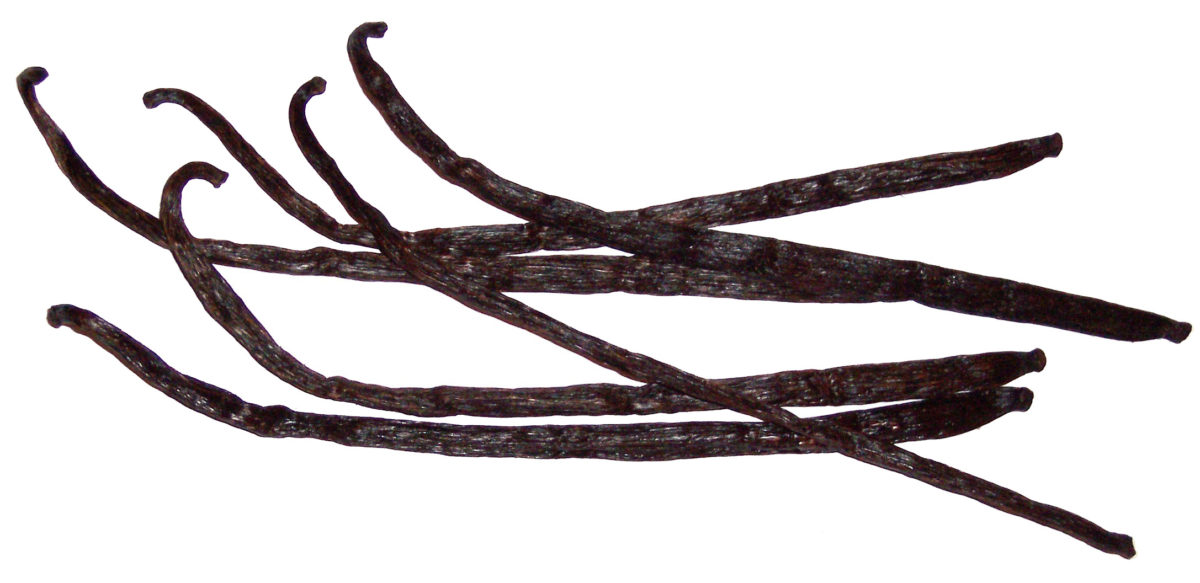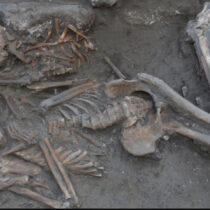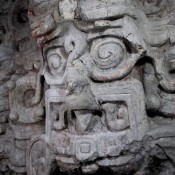Three juggs which were contained as offerings in a 3,600-year-old tomb in the Meggido site (Israel) have revealed evidence of two major components of the sweet substance. The tomb was found near a palace and monumental city gate at the site of Megiddo.
This challenges the belief that vanilla originates in Mexico approx. 1,000 years ago. The two components traced in the Meggido jugs, vanillin and 4-hydroxybenzaldehyde, suggest that vanilla was used by Middle Easterners around 3,600 years ago. Chemical analyses also showed residues of plant oils in the jugs.
According to archaeologist Vanessa Linares of Tel Aviv University in Israel, “Bronze Age people at Megiddo may have used vanillin-infused oils as additives for foods and medicines, for ritual purposes or possibly even in the embalming of the dead.” The findings were described by Linares on November 16, at the annual meeting of American Schools of Oriental Research.
The commercial vanilla flavoring is derived from a flowering plant, the vanilla orchids. There are about 110 species of this genus in tropical areas around the world.
The vanillin found in the Meggido jugs has similar chemical profile with present-day orchid species in East Africa, India and Indonesia.
Researchers believe that vanillin was brought to the Middle East from India and maybe also East Africa through Bronze Age trade routes.
The jugs at Megiddo belonged to highly elite individuals who were buried along with six other people of lower social rank, explained archaeologist Melissa Cradic of the University of California, Berkeley, who is a member of the Megiddo research team.
The tomb was uncovered in 2016. The “elite” burials consist of a man, a woman and a boy between the ages of 8 and 12. The tomb also contained elaborate bronze, gold and silver jewelry.





